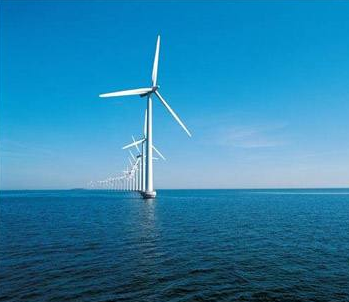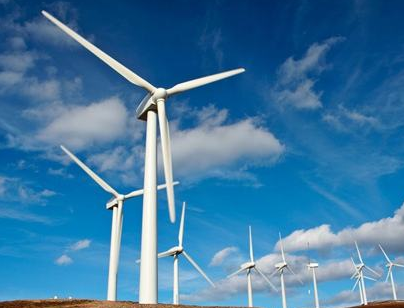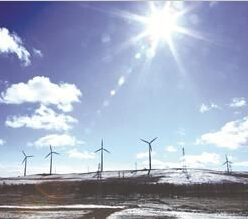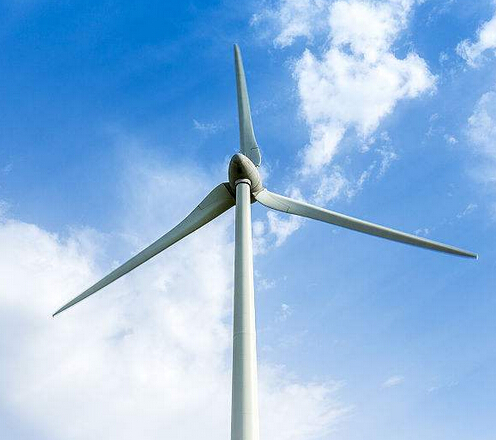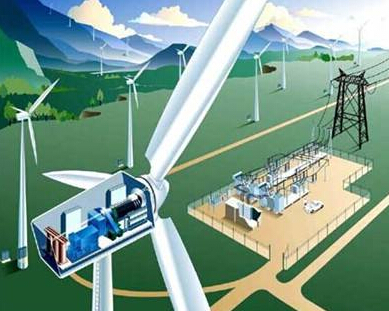Decentralized wind power development has great potential
The concept of decentralized wind power has already been proposed in our policy documents. However, although the state issued a series of support policies, it has not achieved the desired results. Qin Haiyan, secretary general of the Wind Energy Committee of the China Renewable Energy Association, said that in the past, developers were used to large-scale investment for centralized development. The scale of individual decentralized wind power projects was small, investment performance was relatively low, and the enthusiasm of enterprises was not high. Wind power projects still follow the approval requirements and procedures for centralized development, leading to inefficiencies and increasing up-front costs. He said, "In recent years, the Three North region has encountered wind curtailment and power curtailment, which cannot be resolved in the short term, and it has turned its attention to decentralization."
The National Energy Administration recently issued the “Provisional Management Measures for the Development and Construction of Decentralized Wind Power Projects” (hereinafter referred to as the “Administrative Measures”) in order to accelerate the development of decentralized wind power and improve its management procedures and working mechanisms. The issuance of this heavy document was seen as a prelude to the decentralized wind power that will usher in the climax of development.
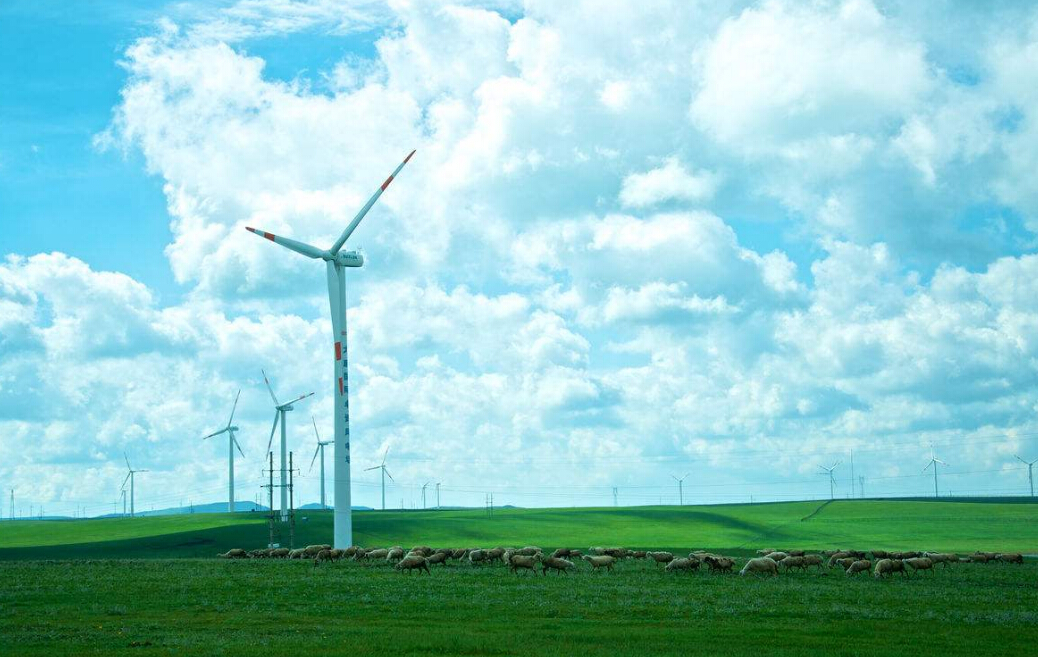
Offshore wind power is also an area that is poised to gain momentum in recent years. The development of offshore wind power is an important means to accelerate the process of energy transition. In 2017, China installed 1.16 GW of new offshore wind power and accumulated offshore wind power installed capacity of 2.79 GW. From January to September 2017, the domestic tender for offshore wind power reached 2.9 GW. The installed capacity in the future is expected to increase. Qin Haiyan stated that with the clarity of the maritime power pricing policy, the continuous optimization of construction costs and the maturing of supporting industries, offshore wind power in China will usher in an accelerated development period.
Our country has abundant offshore resources suitable for the development of offshore wind power. At the same time, the GDP of 11 coastal provinces accounts for about half of the country, and the total energy consumption also accounts for about half of the country.
Due to difficult development and unclear policies, offshore wind power development has been slow in the past few years. “The reason for the rapid development last year was that the unit technology was gradually matured and the construction operation and maintenance technology also accumulated some experience.” Qin Haiyan stated that in the future, offshore wind power in China still needs technological innovation. In addition, policy stability, investment expectations, relatively stable electricity prices, and the timely distribution of subsidies are among the top concerns in the industry.
















 RCCN WeChat QrCode
RCCN WeChat QrCode Mobile WebSite
Mobile WebSite